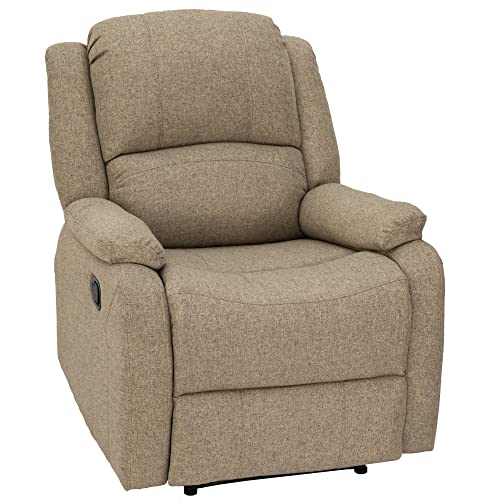A 3'x2' panel is probably closer to 80 watts. Any solar is better than no solar, but too little solar spread across a large battery bank is not ideal either. In general, for best battery performance and longevity, the solar panel should be capable of at least 5% and not more than 13% of the capacity of a battery. So a 100 amp hour battery 'should' get a panel rated at at least 5 amps, and this requires about an 85 to 100 watt panel to actually get that much current to the battery for the few hours around solar noon on a good sunny day.<br><br><br> YOu do not want to hook this controller directly to both house and engine batteries if you want them isolated without the engine running, as they will then be paralleled through the charge controller and might release its magic blue smoke. <br><br>Some charge controllers have a load diversion feature. When the main battery is fully charged, it will then send extra current to another source, in this case being the engine battery. I do not know of your morningstar has this capability.<br><br>If you can secure another battery under the hood, then this is the preferred location. Just use thicker wire/ cable to make up for the extra distance. Copper is $$$, but there is a good chance you will find 80 watts to be insufficient someday, and installing oversize solar wire now allows you to not have to redo it later when you decide to add more solar.<br><br>I View my engine battery as for starting purposes only. I have every load, like stereo and lights and all ciggy plug receptacles, everything 'camp' related, wired directly to the house batteries with a single fuse block to distribute the power. So the only load my engine battery sees with the engine off is the minimal parasitic drain of the engine computer memory. This way I have no need to divert solar amps to the engine battery and send them all to the house batteries in my attempt to meet that 5% minimum recommendation.<br><br>There are all sorts of different techniques and products for allowing the alternator to charge a secondary battery and isolate the engine battery from house loads with the engine off. <br><br>A quality Dumb continuous duty solenoid wired to activate on the HVAC fan blower motor circuit is the easiest and cheapest in my opinion.<br><br>Voltage sensing or time delay solenoid/relays exist too. Some of these parallel the batteries whenever charging voltages, on either battery are sensed. AKA dual sense relays. I am not keen on these as I don't want the relay/ solenoid sending solar current to the engine battery. Some solenoids will eat up an amp of current when activated and holding the batteries in parallel. Not a big deal when the engine is running, but taking a significant portion of a solar panels output to do it.<br><br>There are also battery isolators which act like a one way valve, allowing alternator current into the house battery but not allowing the house battery to pull anything from the engine battery. These generally drop charging voltages and reduce current making it into the battery from the alternator, increasing the likelyhood of chronic undercharging and premature battery death. <br><br>I use a manual switch and can start and run the van on either set of batteries or both, and use it also to distribute alternator current, and solar current.<br><br>These are not the only methods and each has their benefits/detractions. <br><br><br>









































































